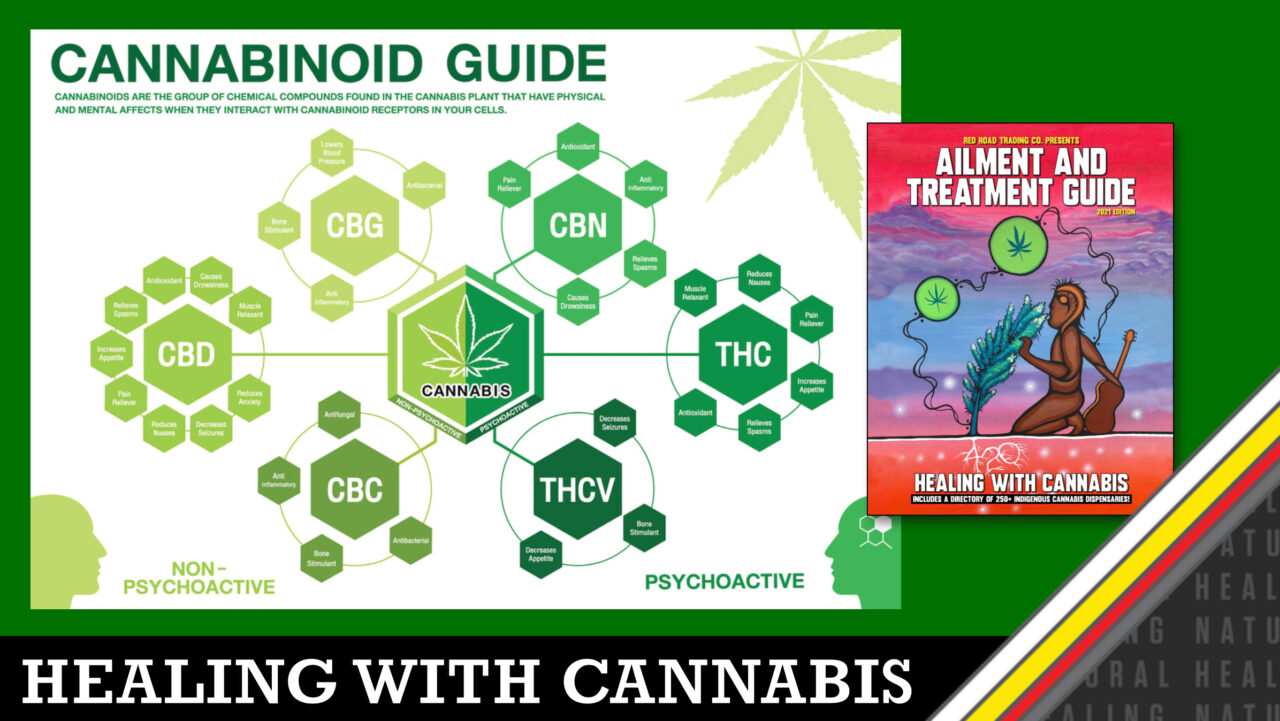Tetrahydrocannabinolic Acid (THCA)
THCA is the main constituent in raw cannabis. THCA converts to Δ9-THC when burned, vaporized, or heated at a certain temperature. THCA, CBDA, CBGA, and other acidic cannabinoids hold the most COX-1 and COX-2 inhibition, contributing to cannabis’ anti-inflammatory effects. This cannabinoid also acts as an antiproliferative and antispasmodic.
Tetrahydrocannabinol (THC)
The most abundant cannabinoid present in marijuana, THC is responsible for cannabis’ most well-known psychoactive effects. THC acts as a partial agonist at the CB1 and CB2 receptors. The compound is a mild analgesic, or painkiller, and cellular research has shown that it has antioxidant activity.
Cannabidiolic Acid (CBDA)
CBDA, similar to THCA, is the main constituent in cannabis with elevated CBD levels. CBDA selectively inhibits the COX-2 enzyme, contributing to cannabis’ anti-inflammatory effects.
Cannabidiol (CBD)
CBD has tremendous medical potential. This is particularly true when the correct ratio of CBD to THC is applied to treat a particular condition. CBD acts as an antagonist at both the CB1 and CB2 receptors, yet it has a low binding affinity for both. This suggests that CBD’s mechanism of action is mediated by other receptors in the brain and body.
Cannabinol (CBN)
CBN is a mildly psychoactive cannabinoid that is produced from the degradation of THC. There is usually very little to no CBN in a fresh plant. CBN acts as a weak agonist at both the CB1 and CB2 receptors, with greater affinity for CB2 receptors than CB1. The degradation of THC into CBN is often described as creating a sedative effect.
Cannabigerol (CBG)
A non-psychoactive cannabinoid, CBG’s antibacterial effects can alter the overall effects of cannabis. CBG is thought to kill or slow bacterial growth, reduce inflammation, (particularly in its acidic CBGA form,) inhibit cell growth in tumor/cancer cells, and promote bone growth. It acts as a low-affinity antagonist at the CB1 receptor.
Cannabichromene (CBC)
CBC is most frequently found in tropical cannabis varieties. CBC is known to relieve pain, reduce inflammation, inhibit cell growth in tumor/cancer cells, and promote bone growth. The effects of CBC appear to be mediated through non-cannabinoid receptor interactions.
Tetrahydrocannabivarin (THCV)
THCV is a minor cannabinoid found in only some strains of cannabis. The only structural difference between THCV and THC is the presence of a propyl (3 carbon) group, rather than a pentyl (5 carbon) group, on the molecule. Though this variation may seem subtle, it causes THCV to produce very different effects than THC. These effects include a reduction in panic attacks, suppression of appetite, and the promotion of bone growth. THCV acts as an antagonist at the CB1 receptor and a partial agonist at the CB2 receptor.
Cannabidivarin (CBDV)
Like THCV, CBDV differs from CBD only by the substitution of a pentyl (5 carbon) for a propyl (3 carbon) sidechain. Although research on CBDV is still in its initial stages, recent studies have shown promise for its use in the management of epilepsy. This is due to its action at TRPV1 receptors and modulation of gene expression.
Source: Information provided by SCLabs


Great post.